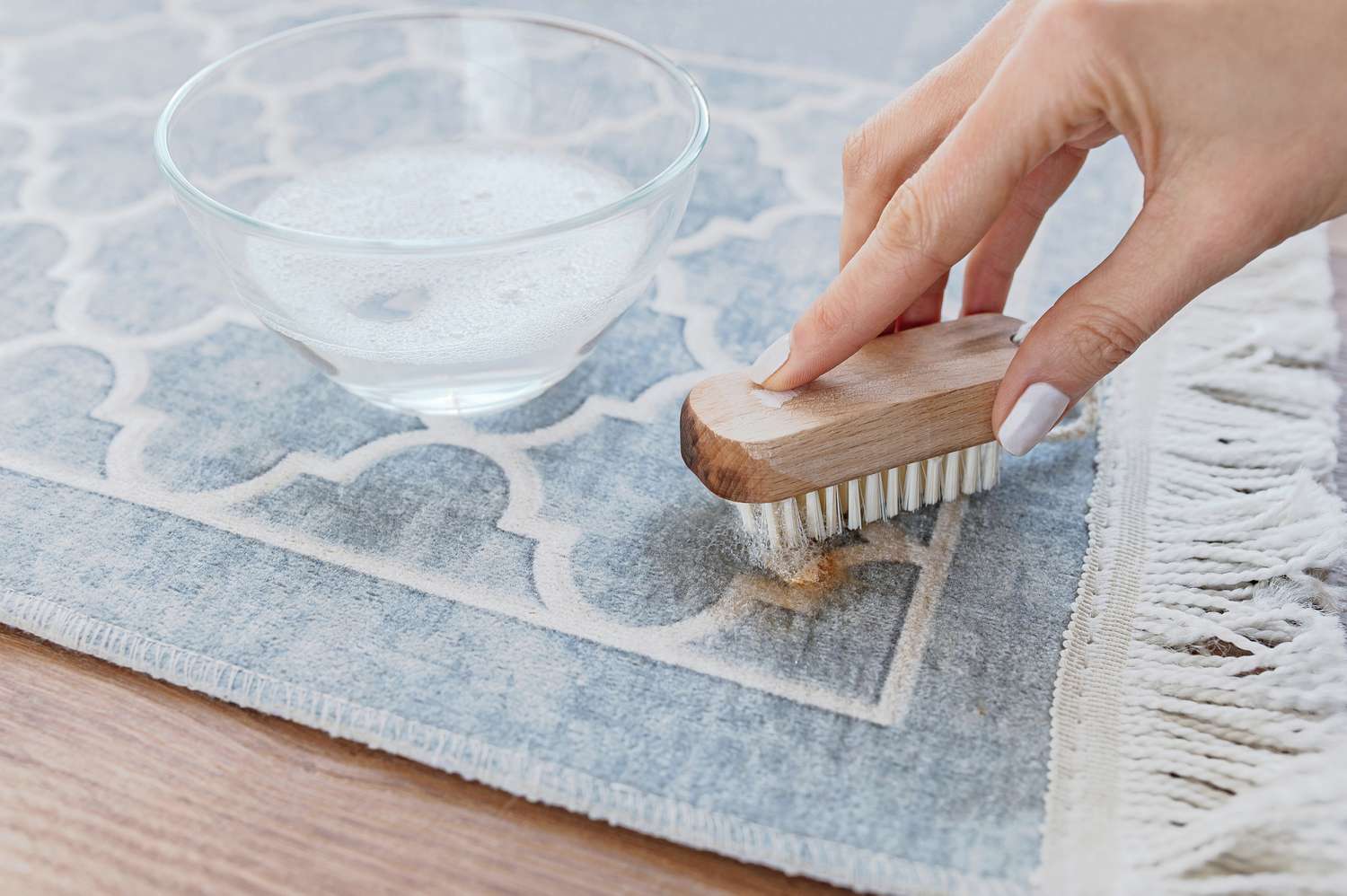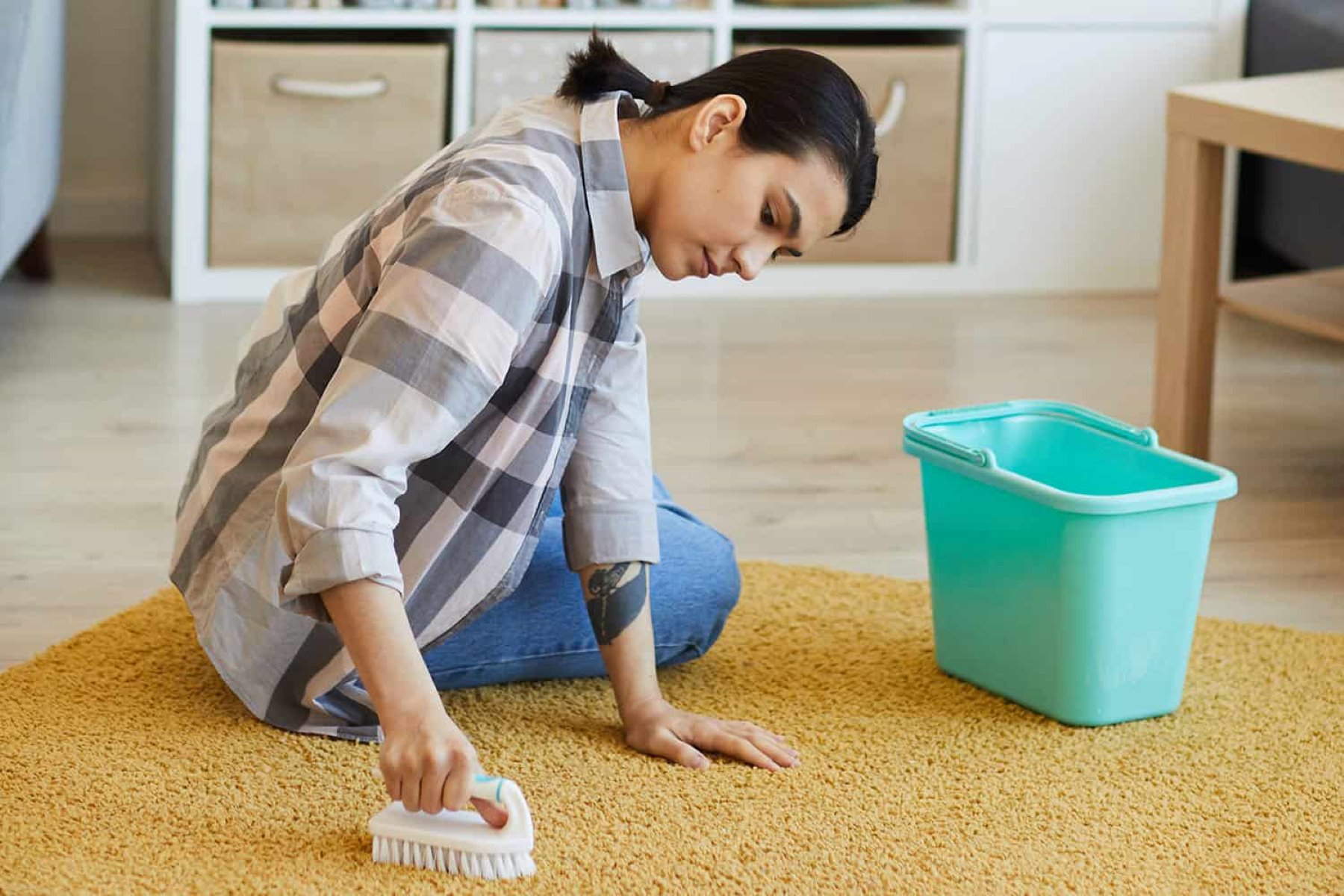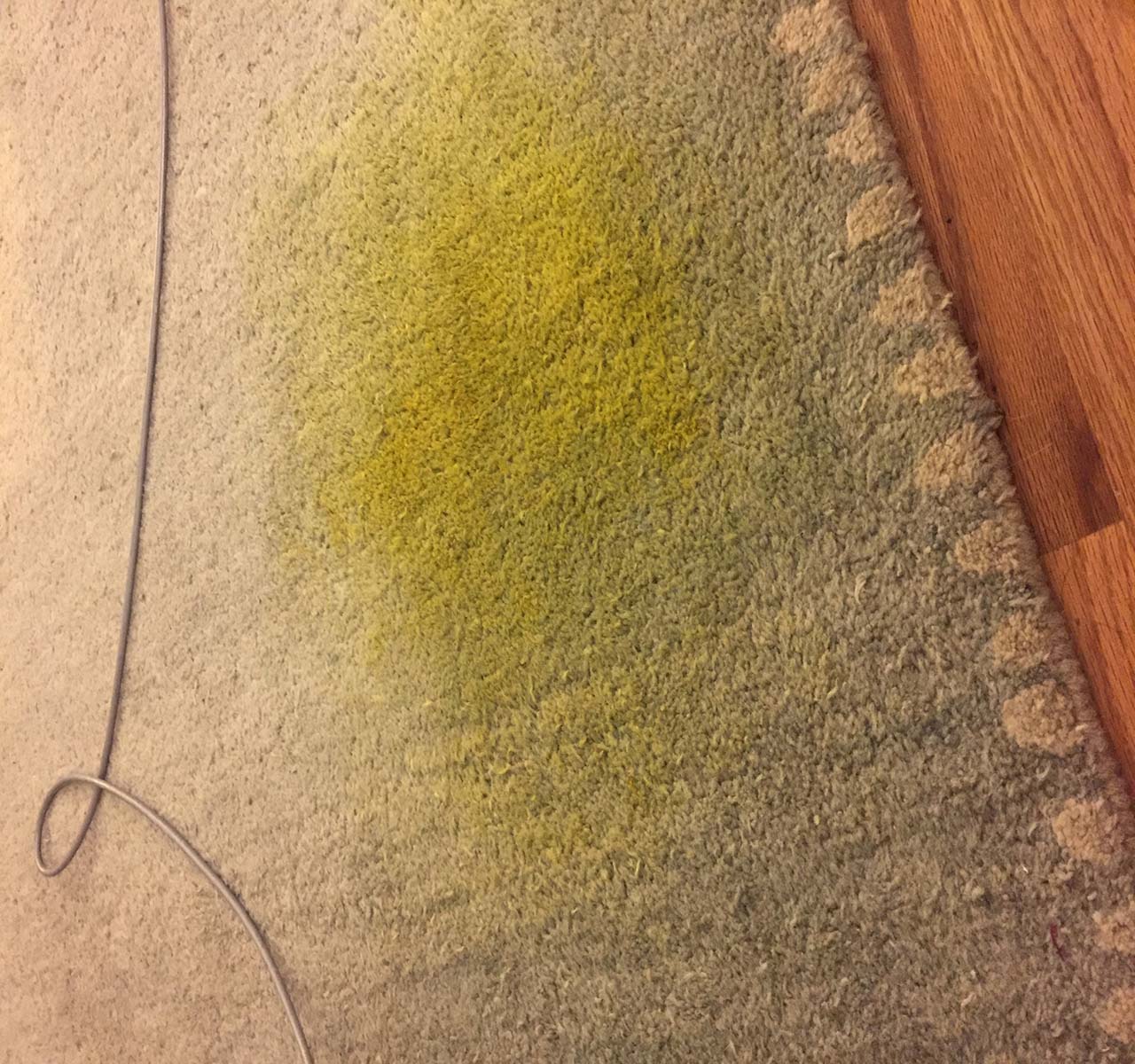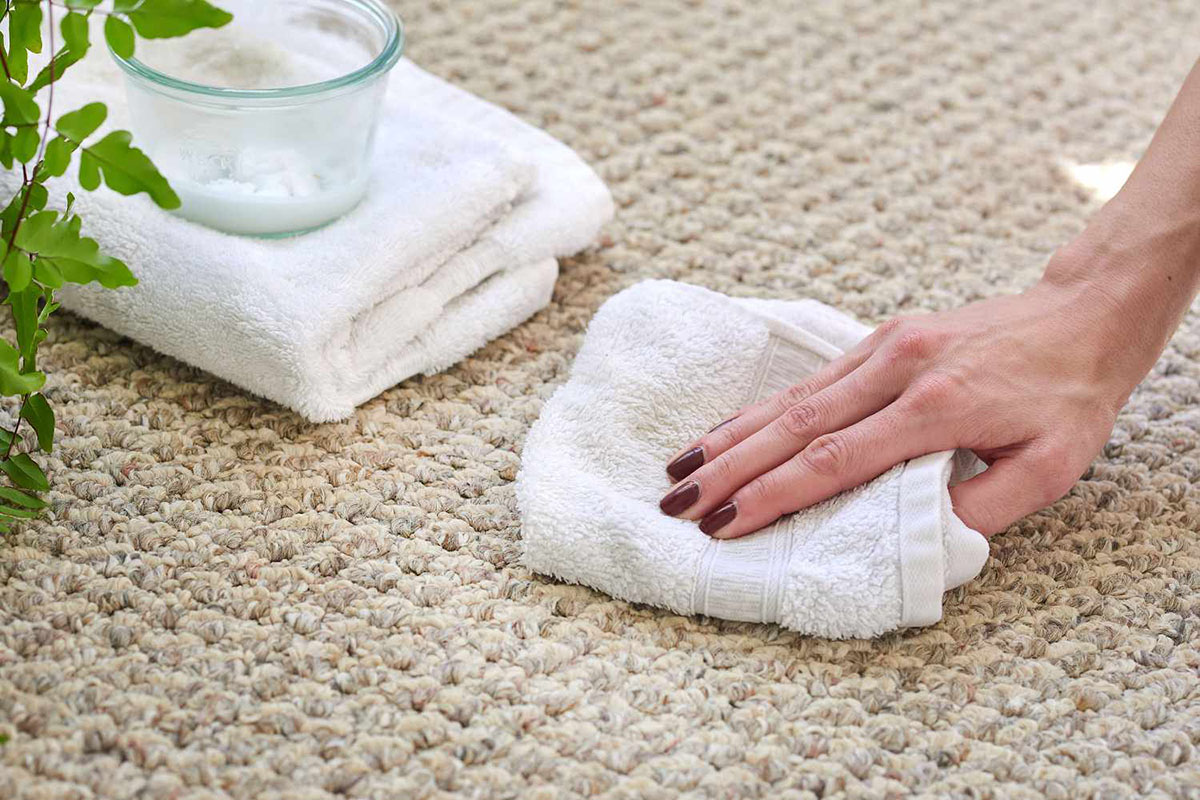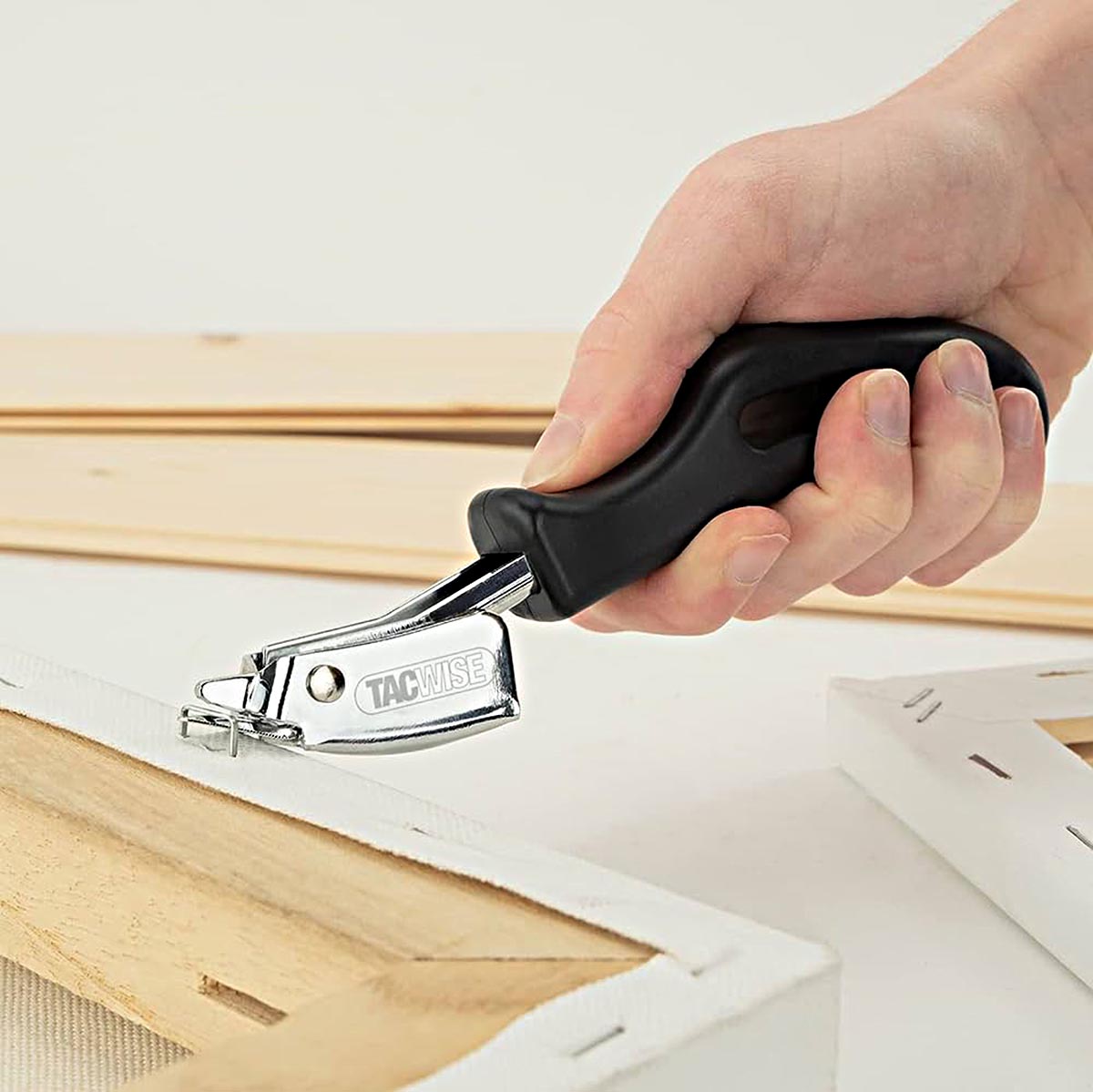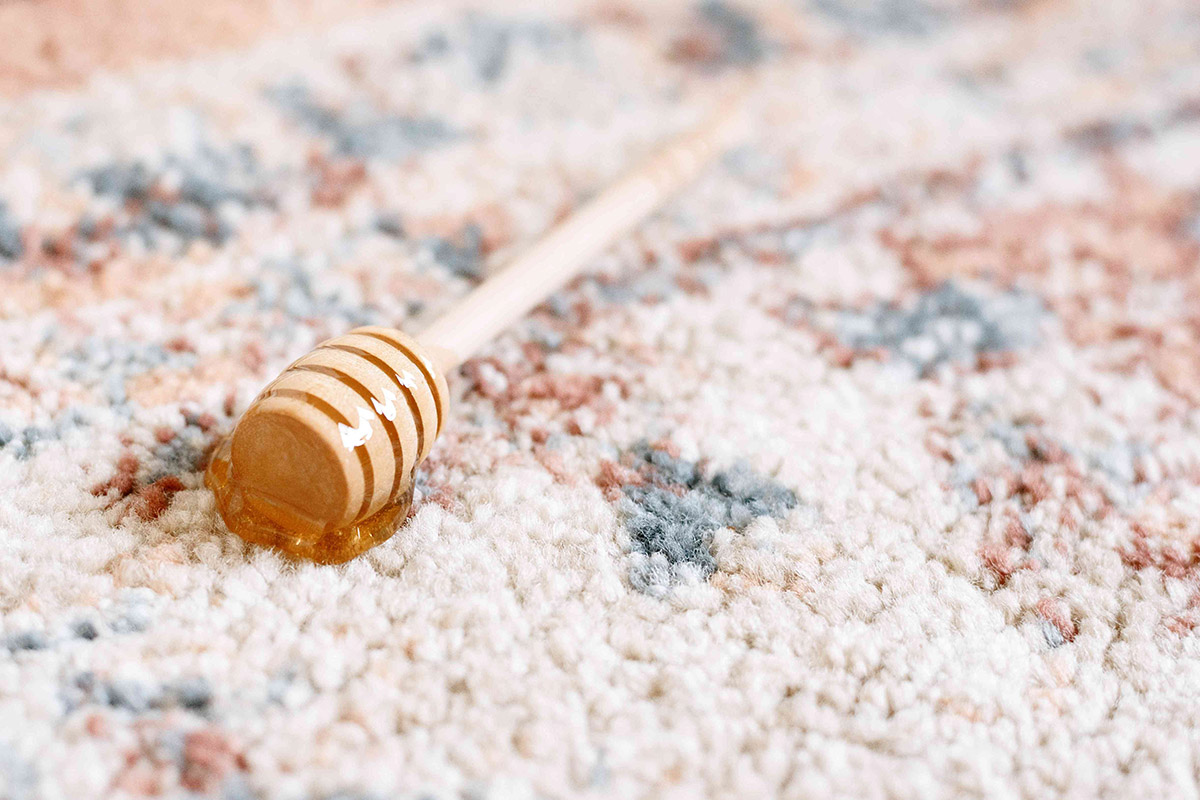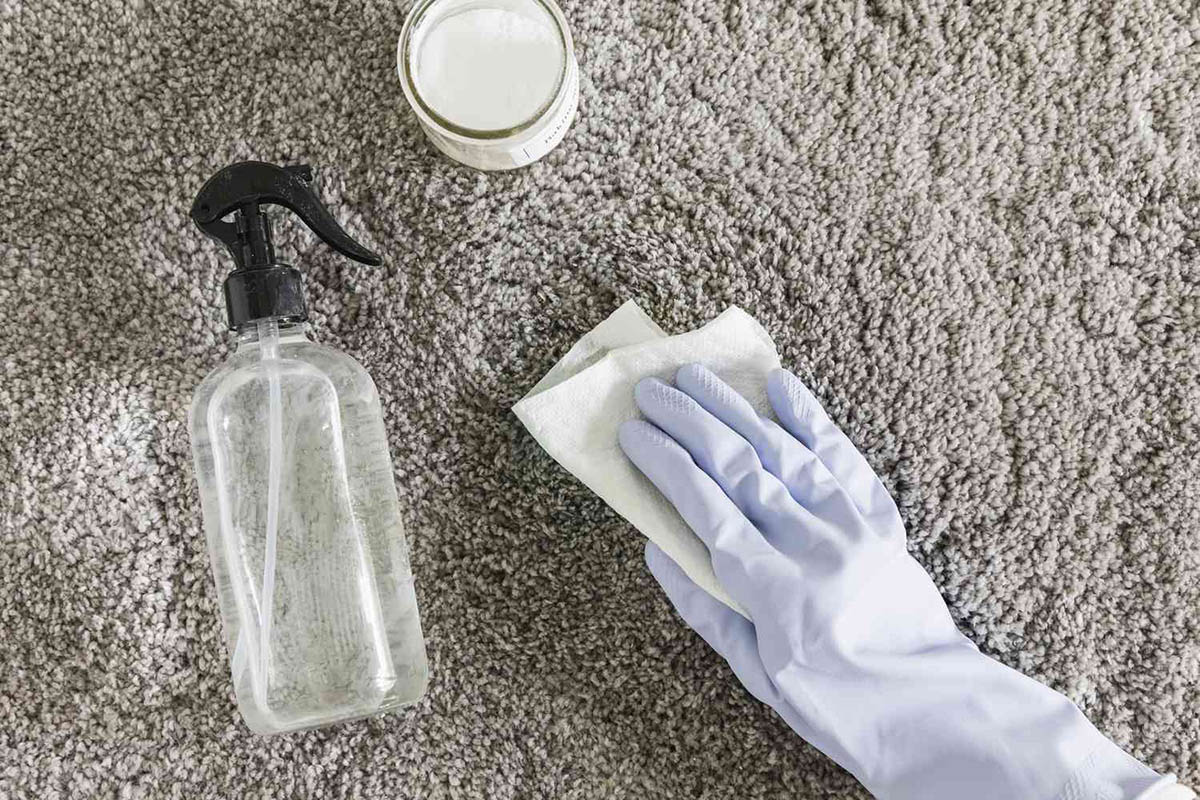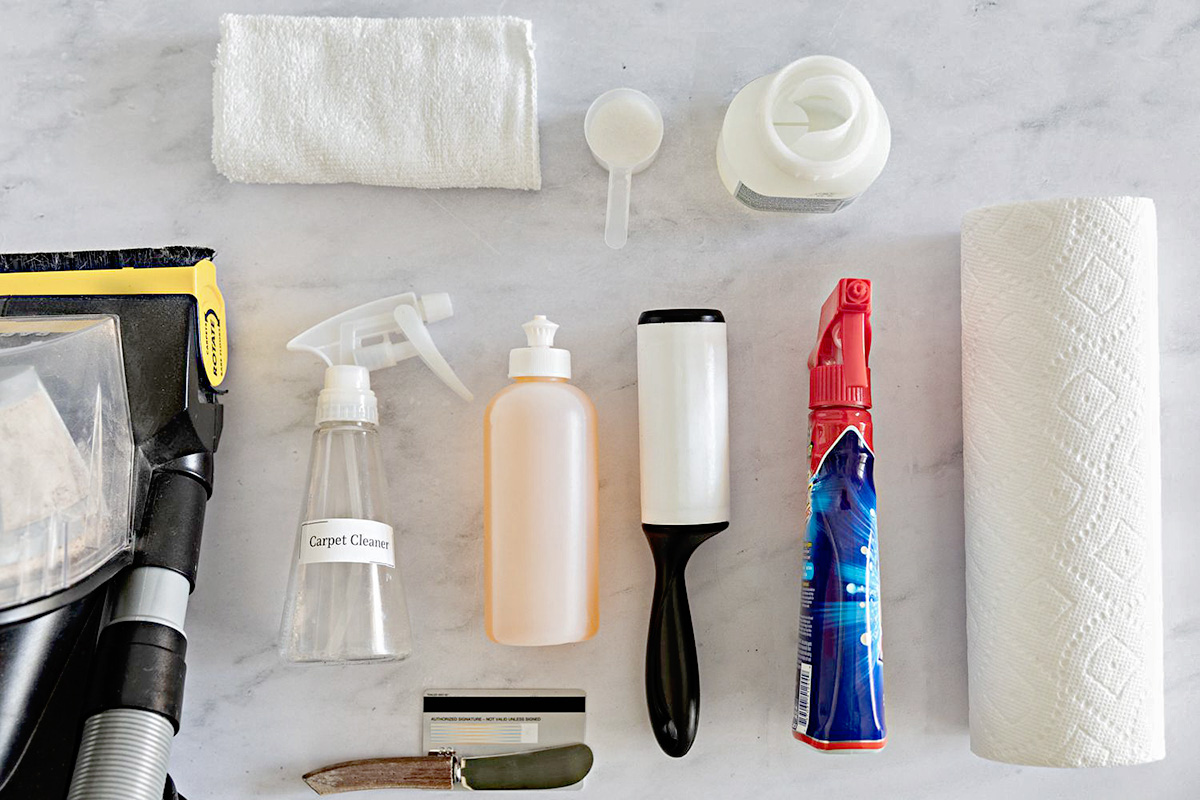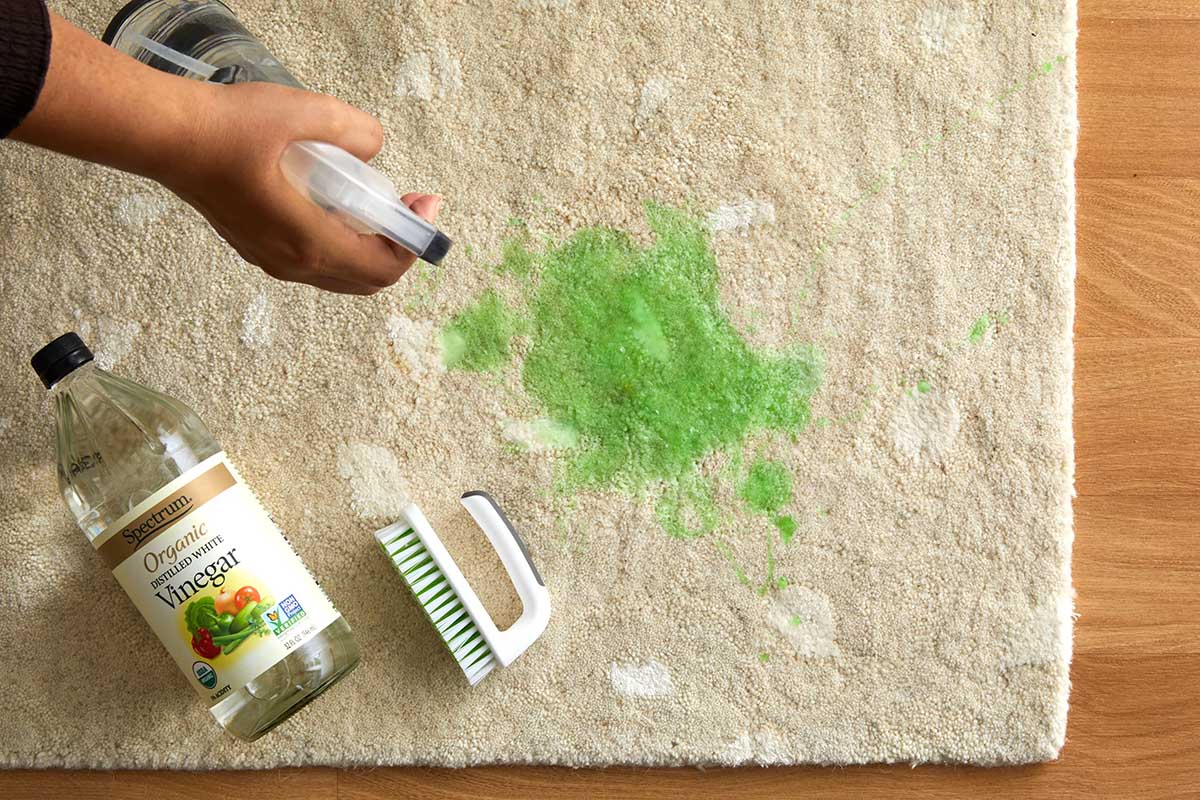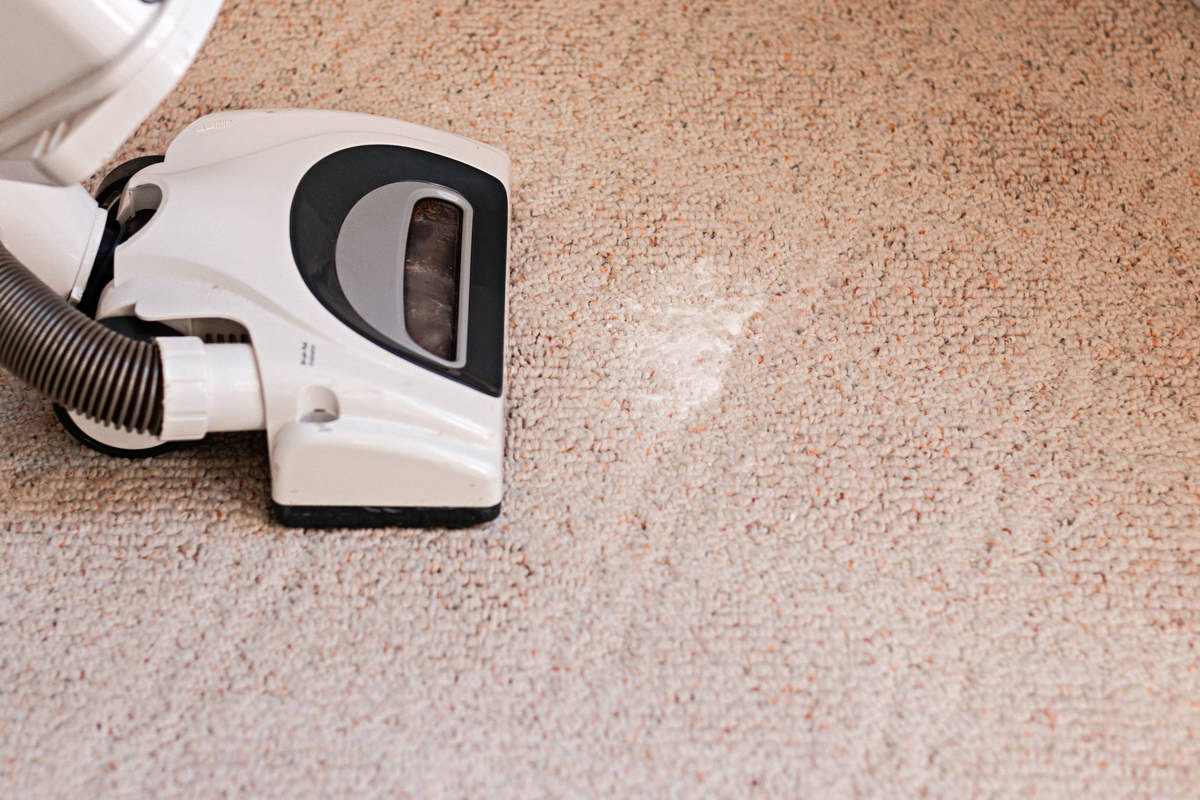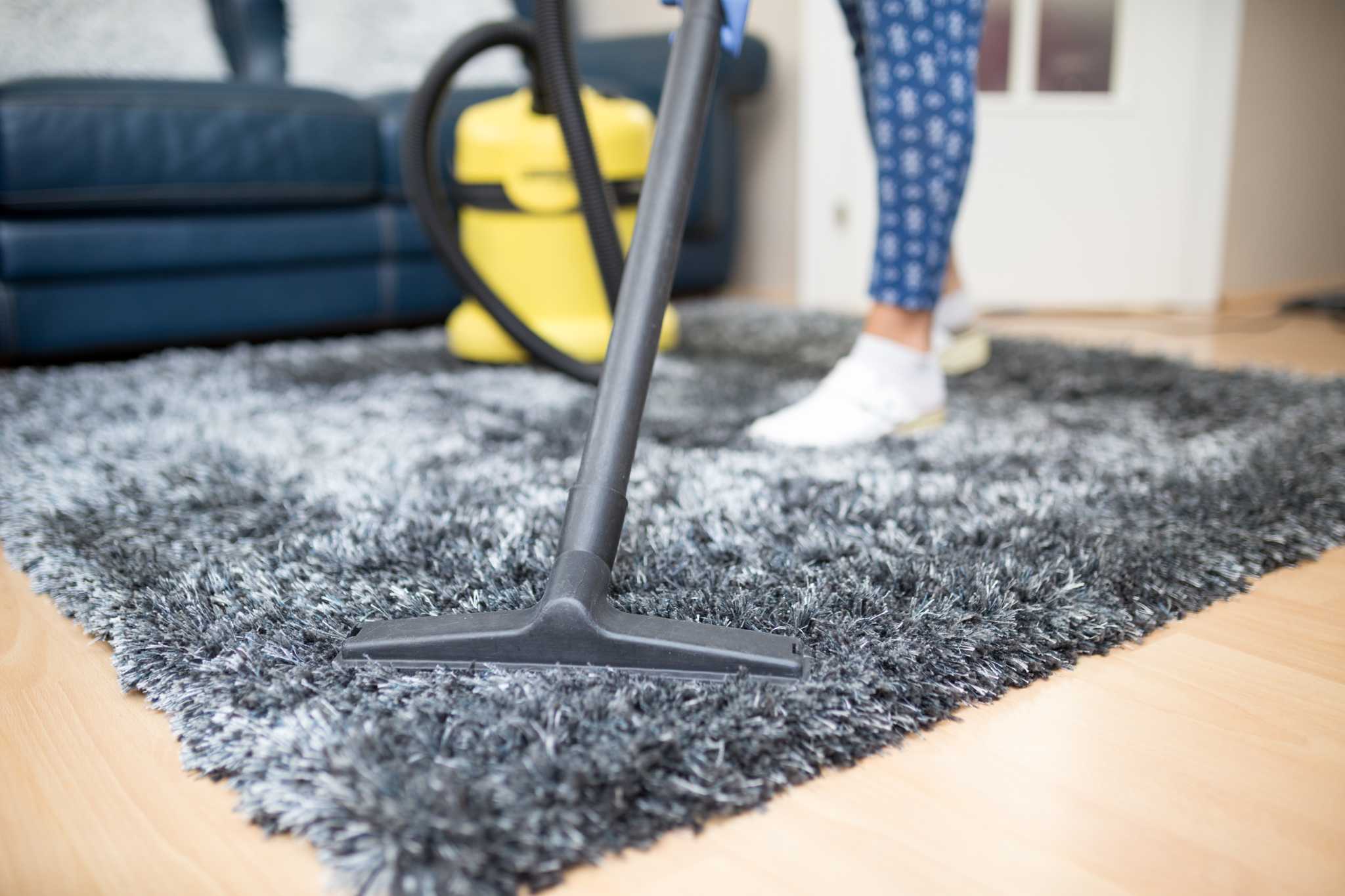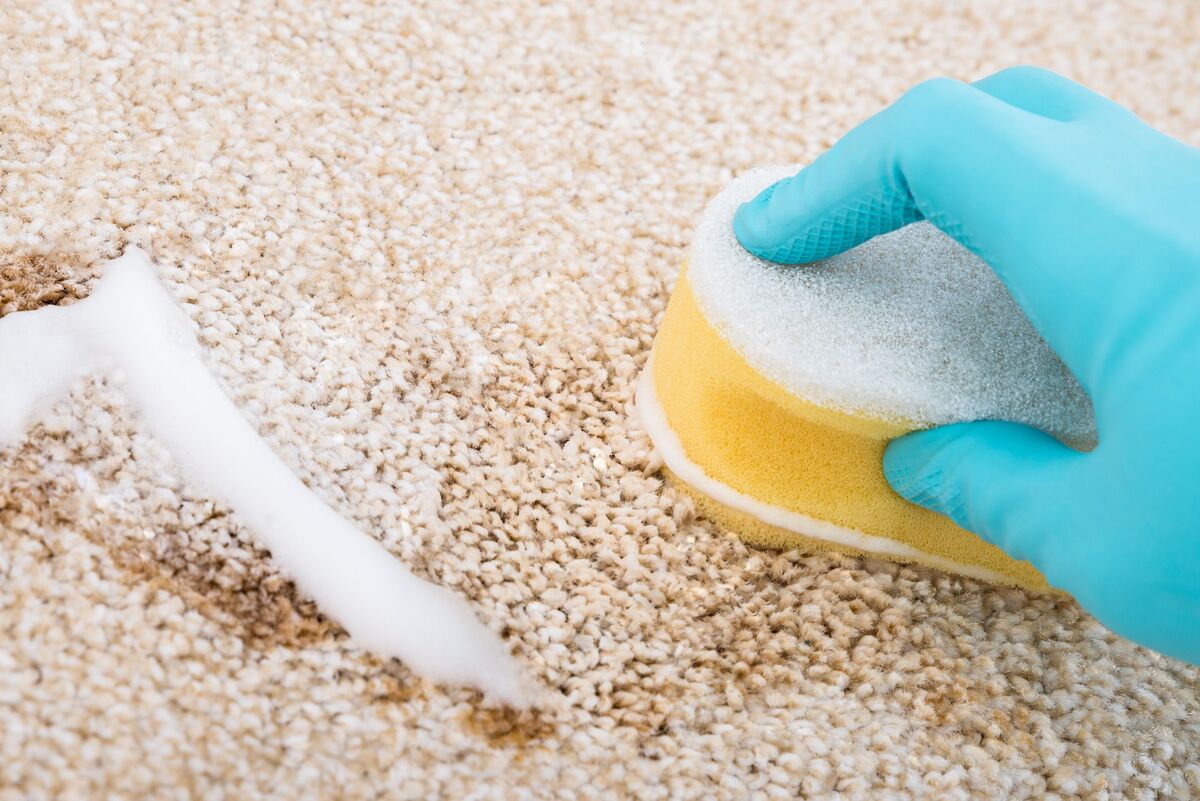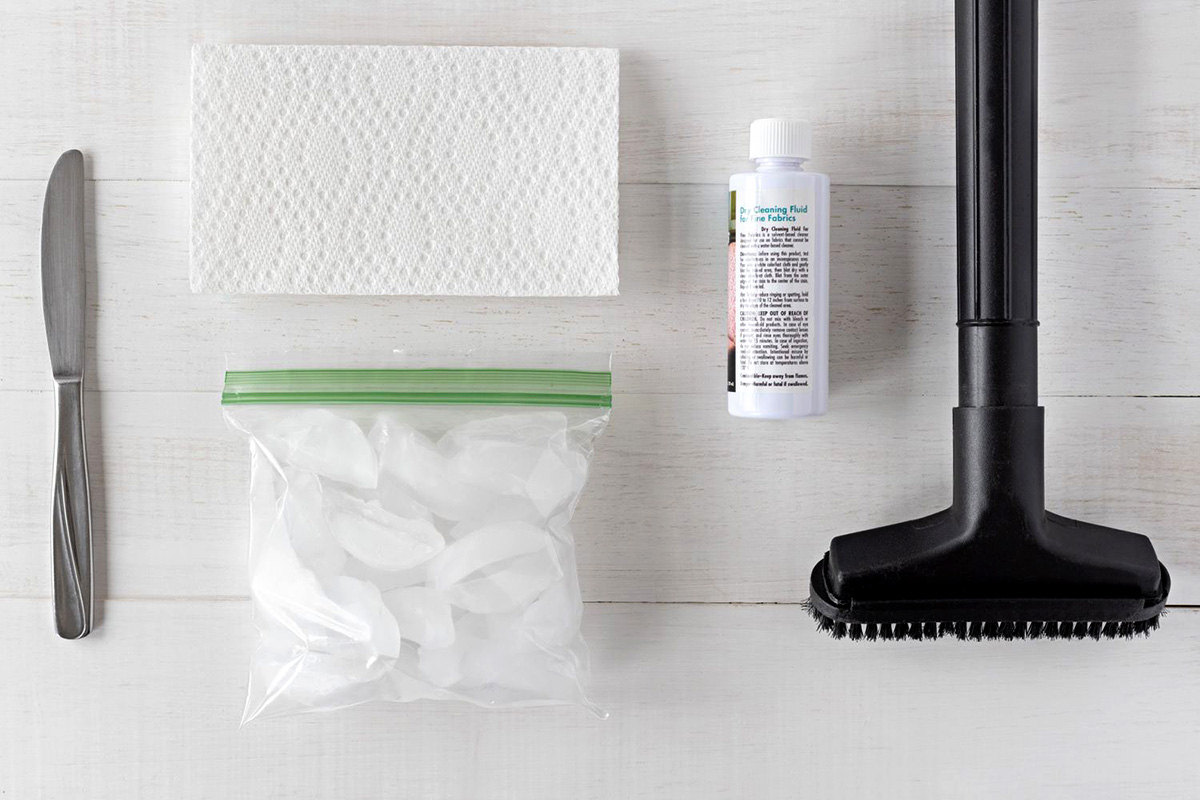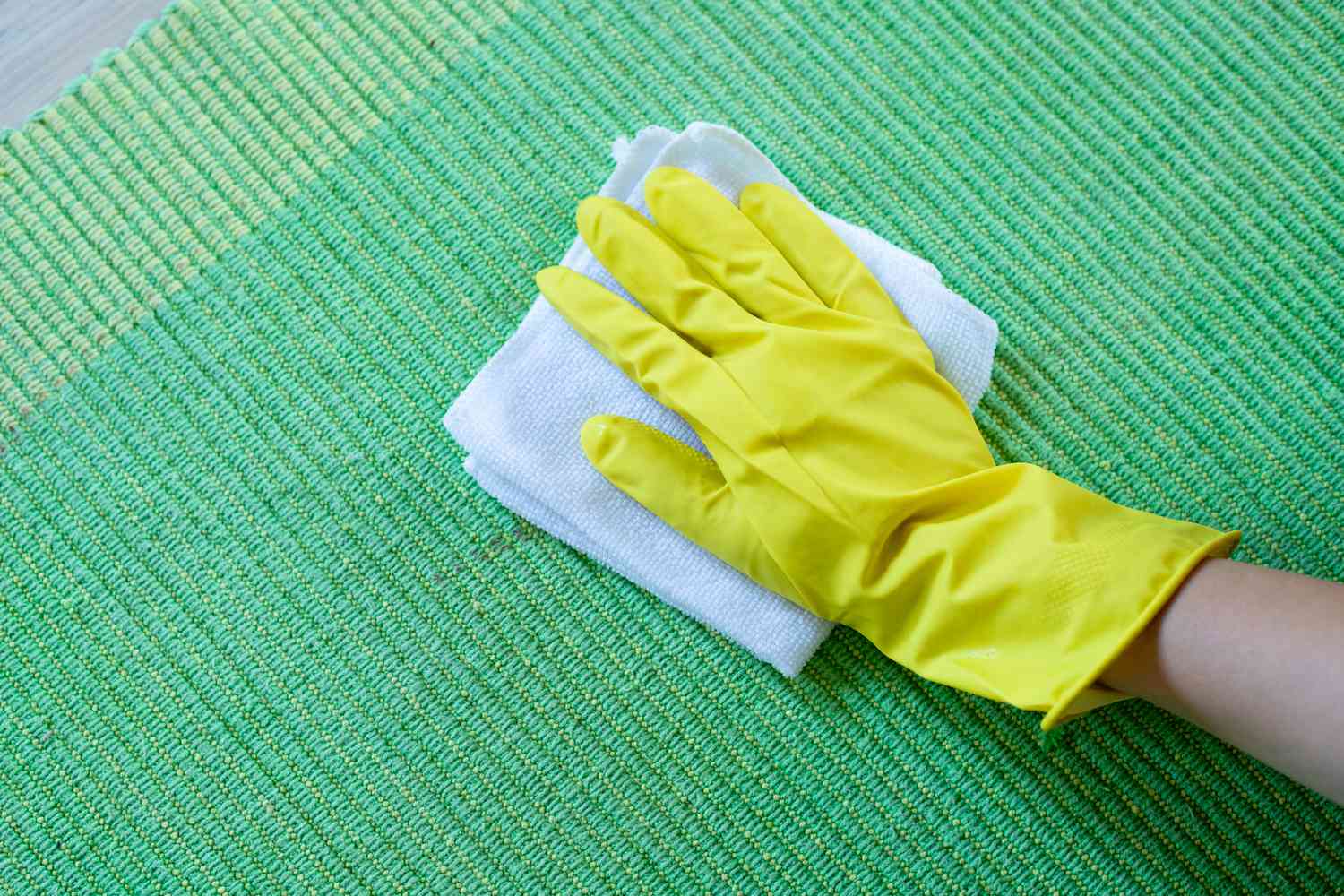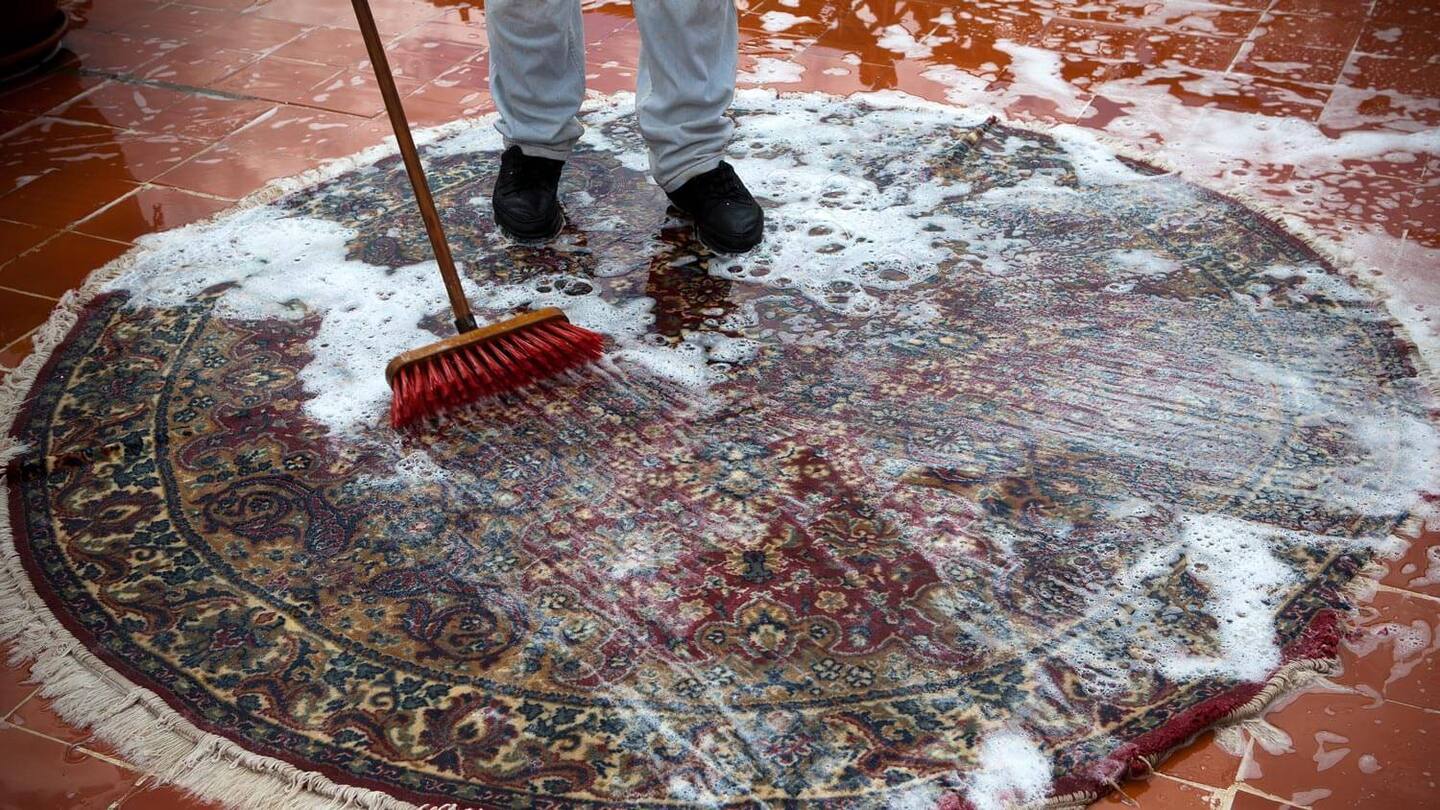

Articles
How To Get Dish Soap Out Of Carpet
Published: December 8, 2023
Looking for articles on how to get dish soap out of carpet? Find step-by-step guides and tips to effectively remove dish soap stains from your carpet.
(Many of the links in this article redirect to a specific reviewed product. Your purchase of these products through affiliate links helps to generate commission for Storables.com, at no extra cost. Learn more)
Introduction
Accidents happen, and sometimes that expensive bottle of dish soap ends up spilled on your carpet. Don’t worry; it’s not the end of the world. With a few simple steps, you can easily get dish soap out of your carpet and restore its clean and fresh appearance.
Whether it’s a small spill or a larger mishap, taking quick and effective action is key. By following the right techniques and using the right cleaning solutions, you can minimize damage and prevent any long-term stains or odors from developing.
In this article, we will guide you through the process of getting dish soap out of your carpet. From blotting the soap to rinsing and drying the affected area, we will provide you with step-by-step instructions to ensure a successful outcome.
So, let’s get started and learn how to conquer the task of removing dish soap from your carpet.
Key Takeaways:
- Act quickly and blot up as much dish soap as possible to prevent it from penetrating deeper into the carpet fibers. Preparation and gentle cleaning techniques are key to successfully removing the soap stain.
- Follow the step-by-step process of blotting, preparing a cleaning solution, applying it correctly, rinsing, and allowing the carpet to dry to effectively remove dish soap from your carpet. Patience and prompt action are crucial for a successful outcome.
Read more: How To Get Soap Out Of Hot Tub
Step 1: Blot the Dish Soap
The first step in getting dish soap out of your carpet is to quickly blot up as much of the soap as possible. Grab a clean cloth or paper towel and gently press it onto the affected area. Avoid rubbing the soap, as this can cause it to spread and penetrate deeper into the carpet fibers.
Start blotting from the outer edges of the soap spill and work your way towards the center. This helps prevent the soap from spreading even further. Continue blotting until you’ve absorbed as much soap as possible. If the soap has already dried, you can use a dull knife or spoon to scrape it off gently before blotting.
Remember to be gentle while blotting to avoid pushing the soap further into the carpet. Patience and a light touch are crucial at this stage. If necessary, you can use multiple cloths or paper towels to ensure you remove as much soap as possible.
Once you’ve finished blotting, take a moment to assess the area. If the soap stain is still noticeable, don’t worry; we will move on to the next steps to fully remove it. Let’s proceed to step 2 and prepare a cleaning solution.
Step 2: Prepare a Cleaning Solution
Now that you have successfully blotted the excess dish soap from your carpet, it’s time to prepare a cleaning solution to remove any remaining residue. The cleaning solution will help break down the soap and lift it from the carpet fibers.
To make an effective cleaning solution, you will need a few household ingredients. Here’s a simple recipe:
- Fill a bucket with about 2 cups of warm water.
- Add a teaspoon of mild dish detergent to the water.
- Optional: If you prefer a more natural solution, you can substitute the dish detergent with a mixture of equal parts white vinegar and warm water.
Mix the ingredients in the bucket until they are well combined. Make sure not to use hot water, as this can set the soap stain and make it more difficult to remove.
This cleaning solution is safe to use on most types of carpets, but it’s always a good idea to test it on a small, inconspicuous area of your carpet first to ensure it doesn’t cause any discoloration or damage.
Now that your cleaning solution is ready, let’s move on to step 3 and apply it to the dish soap stain.
Step 3: Apply the Cleaning Solution
With your cleaning solution prepared, it’s time to apply it to the dish soap stain on your carpet. Before you begin, make sure the stain is still damp from the previous blotting. If it has dried, you can lightly dampen the area with plain water before proceeding.
Dip a clean cloth or sponge into the cleaning solution, making sure to wring out any excess liquid. You want the cloth to be damp, not soaking wet.
Gently dab the damp cloth onto the dish soap stain, starting from the outside and working your way towards the center. This helps prevent the stain from spreading. Avoid scrubbing or rubbing the carpet too vigorously, as this can damage the fibers or push the stain further in.
Continue applying the cleaning solution to the stain, using gentle and circular motions. Allow the solution to penetrate the soap residue for a few minutes, but avoid letting it dry on the carpet.
If you’re dealing with a stubborn or larger soap stain, you can use a soft-bristle brush to gently agitate the area. Be careful not to use too much force, as this may damage the carpet fibers.
Once you’ve treated the entire stain, give the cleaning solution a few minutes to work its magic. In the next step, we’ll remove the soap and cleaning solution from the carpet using blotting techniques.
Blot the dish soap with a clean cloth to remove excess liquid. Mix 1 tablespoon of white vinegar with 1 tablespoon of dishwashing liquid and 2 cups of warm water. Blot the stain with the solution and repeat until the soap is removed. Rinse with water and blot dry.
Step 4: Blot the Carpet
After applying the cleaning solution to the dish soap stain, it’s time to remove the soap residue and cleaning solution from the carpet. Blotting is an essential technique that helps absorb the liquid and lift the stain from the fibers.
Grab a clean cloth or paper towel and gently press it onto the treated area, starting from the outside and working your way towards the center. Repeat this process until you no longer see any soapy residue transferring onto the cloth.
Be careful not to scrub or rub the carpet too vigorously, as this can cause damage. Instead, use a patting motion to absorb the liquid. If the cloth becomes saturated, switch to a fresh one to ensure effective blotting.
If necessary, you can also use your fingers to carefully separate the carpet fibers and allow the cloth to reach deeper into the pile.
Continue blotting until the carpet feels slightly damp but not overly wet. This step is crucial to remove any remaining soap residue and avoid leaving behind excess moisture that could lead to mold or mildew growth.
Once you’ve finished blotting, take a moment to inspect the area. If you notice any remaining soap residue or stubborn stains, don’t fret. We will address that in the next step by rinsing the carpet.
Proceed to step 5 to learn how to properly rinse the affected area and ensure a thorough cleaning.
Read more: How To Unclog Toilet With Dish Soap
Step 5: Rinse the Carpet
Now that you’ve successfully blotted the dish soap residue and cleaning solution from your carpet, it’s time to rinse the area to ensure a thorough cleaning. Rinsing helps remove any remaining soap or cleaning solution that may be trapped in the carpet fibers.
Fill a clean bucket with plain water, preferably at room temperature. You can also add a small amount of a mild carpet cleaner or vinegar to the water for added cleaning power.
Dip a clean cloth into the water, wring out any excess liquid, and gently blot the affected area. Again, start from the outside of the stain and work your way towards the center, using a patting motion.
Continue rinsing the carpet until you no longer see any soap residue or cleaning solution transferring onto the cloth. This step helps remove any remaining traces of soap and ensures a fresh and clean carpet.
Remember to be thorough but gentle while rinsing to avoid saturating the carpet or pushing the soap residue further into the fibers. Use multiple cloths if necessary, ensuring each one is clean before proceeding.
Once you’ve finished rinsing, take a dry cloth or paper towels and gently blot the area to remove excess moisture. This will aid in the drying process and prevent any potential water damage to your carpet.
In the next step, we will allow the carpet to dry naturally. Patience is key, so make sure to allocate enough time for the carpet to fully dry before resuming regular foot traffic.
Step 6: Let the Carpet Dry
After you’ve rinsed the carpet and removed excess moisture, it’s time to allow the carpet to dry naturally. Proper drying is crucial to prevent any potential damage and ensure a fully restored and fresh-looking carpet.
Open windows or turn on fans to increase airflow in the room. Good ventilation helps speed up the drying process by allowing moisture to evaporate more quickly.
Avoid walking on the damp carpet to prevent causing new stains or matting the fibers. If necessary, you can place a “Wet Floor” sign or barrier to remind family members or visitors to avoid the area until it’s completely dry.
The drying time can vary depending on factors such as the thickness of the carpet, humidity levels, and airflow. In general, it may take several hours to a full day for the carpet to dry completely.
You can check the dryness of the carpet by gently touching the surface. It should feel dry and cool to the touch. Additionally, check for any remaining soap residue or stains. If necessary, you can repeat the cleaning process or consider contacting a professional carpet cleaner for further assistance.
Once the carpet is fully dry and free of any soap residues, you can resume regular use and enjoy your fresh and clean carpet once again!
Remember, accidents happen, but with the right steps and prompt action, you can easily remove dish soap from your carpet. By blotting, preparing a cleaning solution, applying it correctly, blotting again, rinsing, and allowing the carpet to dry, you’ll successfully eliminate the soap stain and restore the beauty of your carpet.
Now you have the knowledge and tools to tackle any dish soap spills on your carpet. So next time a mishap occurs, don’t panic; follow these steps, and your carpet will be back to its pristine state in no time!
Happy cleaning!
Conclusion
Accidents happen, and spilling dish soap on your carpet may seem like a daunting challenge. However, with the right steps and a bit of patience, you can successfully remove the dish soap and restore the cleanliness and beauty of your carpet.
Remember to act quickly and blot up as much of the dish soap as possible before it has a chance to penetrate deeper into the carpet fibers. Preparation is key, so make sure to have a cleaning solution ready to tackle the stain.
Applying the cleaning solution and gently blotting the carpet helps lift the soap residue away. Rinse the carpet with plain water to ensure all traces of soap and cleaning solution are removed. Finally, allow the carpet to dry naturally before resuming regular use.
By following these steps, you can effectively remove dish soap from your carpet and prevent any long-term stains or odors from developing. Remember, patience is key, and don’t hesitate to seek professional help if needed.
Now you have the knowledge and tools to overcome the challenge of dish soap spills on your carpet. So, the next time an accident occurs, take a deep breath, follow these steps, and your carpet will be back to its original, spotless condition.
Happy cleaning!
Frequently Asked Questions about How To Get Dish Soap Out Of Carpet
Was this page helpful?
At Storables.com, we guarantee accurate and reliable information. Our content, validated by Expert Board Contributors, is crafted following stringent Editorial Policies. We're committed to providing you with well-researched, expert-backed insights for all your informational needs.
